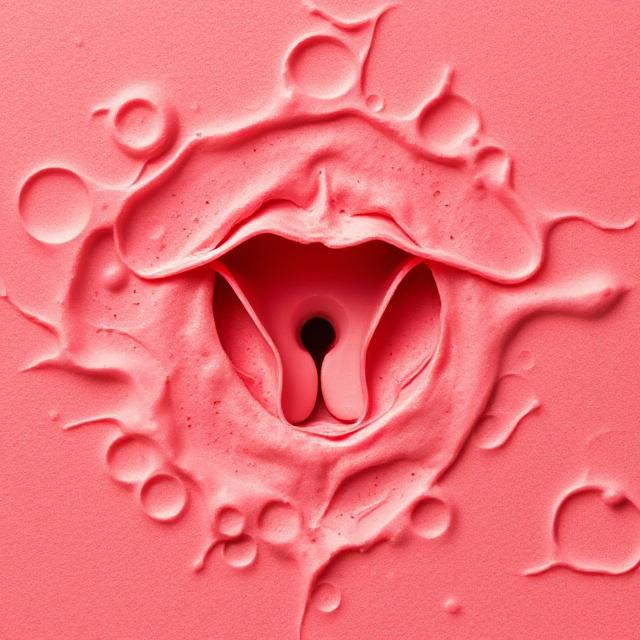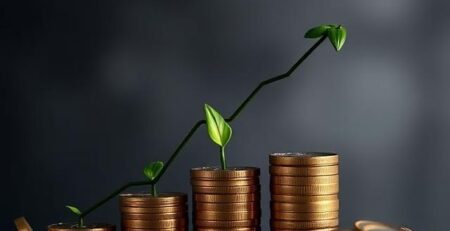What Is Ovulation? Complete Guide to Ovulation, Pregnancy, and Fertility Timing
🌸 1. What Is Ovulation?
Ovulation is a natural biological process that occurs in women of reproductive age, typically once every menstrual cycle. During ovulation, a mature egg (ovum) is released from one of the ovaries and travels down the fallopian tube, where it can meet a sperm for fertilization.
This process is essential for conception — without ovulation, pregnancy cannot occur. Ovulation marks the fertile window, the time when a woman has the highest chance of getting pregnant.
A typical menstrual cycle lasts about 28 days, and ovulation usually happens around the 14th day of the cycle. However, this can vary depending on individual cycle length and hormonal balance.
🧬 2. What Happens During Ovulation?
Ovulation is triggered by a rise in luteinizing hormone (LH) and follicle-stimulating hormone (FSH). Here’s what happens step by step:
- Follicular Development:
During the first half of the menstrual cycle (follicular phase), several follicles grow in the ovaries. Each contains an immature egg. - Dominant Follicle Selection:
One follicle becomes dominant and continues to mature, while others regress. - LH Surge:
A sudden spike in LH levels (known as the LH surge) signals that ovulation will occur within 24–36 hours. - Egg Release:
The mature egg is released from the dominant follicle into the fallopian tube. - Fertilization Window:
The egg survives for about 12–24 hours, waiting for sperm to fertilize it. Sperm can survive in the female reproductive tract for up to 5 days, creating a fertile window of around 6 days.
🩸 3. How Many Days After Your Period Do You Ovulate?
The timing of ovulation depends on the length of your menstrual cycle.
- For a 28-day cycle, ovulation typically occurs around day 14.
- For a 30-day cycle, it may happen around day 16.
- For a shorter cycle (e.g., 24 days), ovulation can occur around day 10.
👉 Formula to estimate ovulation day:
Ovulation Day = Total Cycle Length – 14 Days
Since the luteal phase (post-ovulation phase) usually lasts about 14 days, counting backward from your next expected period gives a good estimate.
🌼 4. Can You Get Pregnant 3 Days After Ovulation?
Technically, once ovulation occurs, the egg remains viable for up to 24 hours. Therefore, the chance of getting pregnant 3 days after ovulation is very low.
However, if intercourse happened a few days before ovulation, sperm (which can live for 5 days) might still fertilize the egg once it’s released.
👉 In short:
- Highest chance of conception: 1–2 days before ovulation
- Moderate chance: Day of ovulation
- Very low chance: After 24 hours post-ovulation
🌱 5. After Ovulation, How Many Days to Implantation?
After fertilization, the fertilized egg (zygote) travels down the fallopian tube and enters the uterus.
- Implantation usually occurs 6–10 days after ovulation.
- This is when the embryo attaches to the uterine lining and pregnancy officially begins.
Common signs of implantation may include:
- Light spotting or implantation bleeding
- Mild cramping
- Slight temperature dip in basal body temperature (BBT)
- Fatigue or mood changes
⚡ 6. Ovulation Pain and Pregnancy Success
Some women experience ovulation pain, also known as Mittelschmerz — a mild discomfort or ache in the lower abdomen around ovulation.
Causes of ovulation pain:
- Follicle rupture in the ovary
- Minor fluid or blood release from the follicle
Does ovulation pain indicate fertility?
Yes — ovulation pain often signals that an egg has been released. Women who track ovulation pain can use it as a natural indicator of their fertile period.
However, consistent or severe pain should be checked by a doctor to rule out conditions like cysts or endometriosis.
📅 7. How to Find Ovulation Day
Tracking ovulation can be done using natural methods, apps, or medical kits. Common techniques include:
🧠 a) Basal Body Temperature (BBT) Method
- Measure body temperature daily using a BBT thermometer.
- A small rise (about 0.3°C) indicates ovulation has occurred.
📊 b) Cervical Mucus Observation
- Around ovulation, mucus becomes clear, stretchy, and egg-white-like — ideal for sperm movement.
💧 c) Ovulation Predictor Kits (OPKs)
- Detect the LH surge in urine, indicating ovulation will occur within 24–36 hours.
📱 d) Period Tracking Apps
- Apps like Flo, Clue, or Ovia predict fertile windows based on cycle data.
🩸 e) Ultrasound or Hormone Blood Test
- Used for medical or fertility treatments to pinpoint exact ovulation timing.
🪔 8. Andotsarg Kise Kahate Hain? (What Is Ovulation in Hindi)
“Andotsarg” (अंडोत्सर्ग) का अर्थ है अंडाणु का निकलना — यानी जब महिला के अंडाशय से परिपक्व अंडाणु बाहर निकलता है।
यह मासिक धर्म चक्र का सबसे महत्वपूर्ण हिस्सा है क्योंकि इसी दौरान गर्भधारण की संभावना सबसे अधिक होती है।
👉 संक्षेप में:
अंडोत्सर्ग = ओव्यूलेशन (Ovulation)
समय = मासिक चक्र के लगभग 14वें दिन
उद्देश्य = गर्भधारण के लिए अंडाणु का निकलना
🧩 9. Hormonal Changes During Ovulation
During ovulation, several hormones play critical roles:
- FSH (Follicle-Stimulating Hormone): Stimulates follicle growth.
- LH (Luteinizing Hormone): Triggers egg release.
- Estrogen: Thickens uterine lining and promotes cervical mucus production.
- Progesterone: Prepares the uterus for implantation post-ovulation.
💡 10. Signs You Are Ovulating
Every woman’s body signals ovulation differently. Common signs include:
- Increase in cervical mucus (clear, slippery)
- Slight rise in basal body temperature
- Mild pelvic pain or cramping
- Breast tenderness
- Increased libido
- Light spotting
Recognizing these signs helps women time intercourse for higher chances of conception.
🌺 11. Ovulation and Pregnancy: Understanding the Connection
Pregnancy occurs only if a sperm fertilizes the egg during the ovulation window. Without ovulation, no egg is available for fertilization.
Hence, tracking ovulation is crucial for both:
- Conception planning, and
- Natural contraception (fertility awareness method)
🔍 12. Medical Conditions That Can Affect Ovulation
Several factors can disrupt normal ovulation, such as:
- Polycystic Ovary Syndrome (PCOS)
- Thyroid disorders
- Excessive stress
- Obesity or being underweight
- Intense physical activity
- Hormonal imbalance
If your cycles are irregular or you’re facing fertility issues, consult a gynecologist for ovulation evaluation.
📋 13. Lifestyle Tips to Support Healthy Ovulation
✅ Maintain a balanced diet rich in iron, zinc, and folate
✅ Exercise regularly (but avoid overtraining)
✅ Manage stress levels
✅ Sleep 7–8 hours daily
✅ Avoid smoking and excessive alcohol
✅ Maintain a healthy weight
💻 14. Using Ovulation Calculators and Apps
Today’s digital tools make tracking ovulation easier. Simply input your period start date and cycle length to predict your fertile days.
Recommended apps:
- Flo Ovulation Tracker
- Clue Period Tracker
- Ovia Fertility
- Glow
- Natural Cycles
These apps use advanced algorithms and symptom tracking for better accuracy.
🧠 15. Common Myths About Ovulation
❌ Myth 1: You can get pregnant any day of the month.
✅ Fact: You’re fertile for only about 5–6 days per cycle.
❌ Myth 2: Ovulation happens only on Day 14.
✅ Fact: Ovulation timing varies based on your cycle length.
❌ Myth 3: Ovulation pain is abnormal.
✅ Fact: Mild ovulation pain is common and usually harmless.
🔮 16. When to See a Doctor
Consult a gynecologist if:
- You’ve been trying to conceive for 12+ months (or 6 months if 35+)
- You have irregular or missed periods
- You suspect PCOS or hormonal issues
- You experience severe ovulation pain
💬 Bottom Line
Ovulation is the centerpiece of fertility — understanding it empowers women to take control of their reproductive health, whether they want to conceive or avoid pregnancy naturally.
Tracking ovulation through physical symptoms, hormone kits, or apps can help identify your most fertile days with precision.
Remember, every woman’s cycle is unique — listen to your body, track consistently, and seek medical advice when needed.
⚠️ Disclaimer
This article is for educational and informational purposes only. It does not substitute professional medical advice. Always consult a qualified gynecologist or healthcare provider before making any decisions related to fertility, ovulation tracking, or pregnancy.












